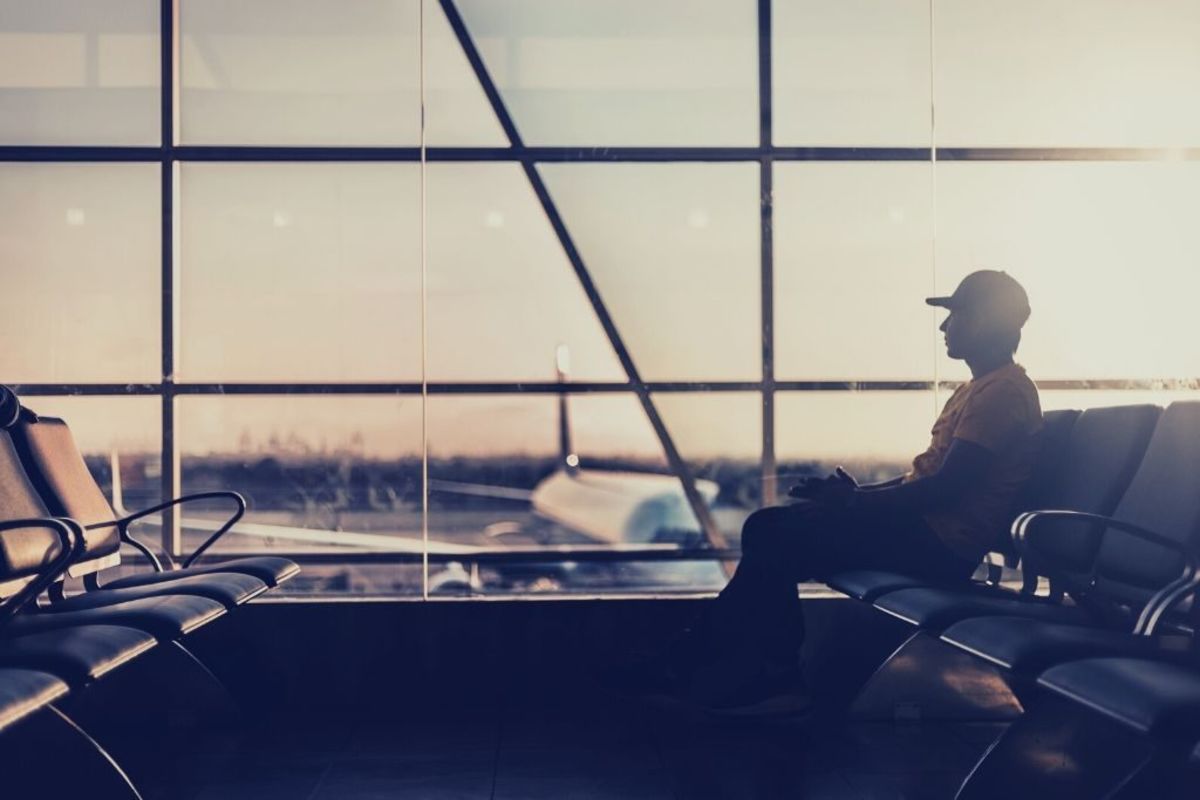
dormakaba Editorial Team

Jerome Lavault
Jerome joined dormakaba as Vice President Airport Business Unit in early 2019 after 15 years of serving the airport and airline industry. Jerome has valuable experience and expertise in passenger process (check-in, security checkpoints, security access, boarding), SaaS, baggage handling system (BHS), IT solutions like CUPPS, self-service kiosks and bag drop.
Related articles

Technology
Will Deepfake Threats Compromise Cybersecurity in 2025?

Society
Catastrophic Wildfires: Can Technology Anticipate and Prevent Them?
When a natural disaster occurs, the recurring question is: "Could it have been avoided?" Technology plays a crucial role in our response.

Society
5 Iconic Roles of Doors in Science Fiction
Doors serve a dual purpose in architecture, blending function and form. But in literature—and particularly in science fiction—they take on deeper symbolic meaning.